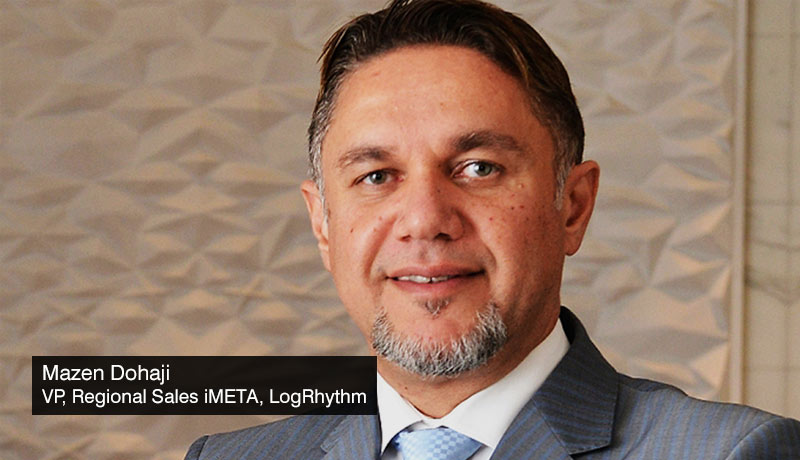
As the threat landscape grows increasingly complex, our customers require a solution that allows them to take control of their security environment, says Mazen Dohaji, VP, Regional Sales iMETA, LogRhythm.
As the threat landscape grows increasingly complex, our customers require a solution that allows them to take control of their security environment. Our NextGen SIEM platform provides our customers and partners with intuitive, high-performance analytics and a seamless incident response workflow to uncover threats faster, mitigate risks more efficiently, and reduce risk to their businesses.
One of the innovative ways our NextGen SIEM solution is transforming our customer’s approach to cyberthreats is through its automation capabilities. Threat hunting can be automated and optimized using Security Orchestration, Automation, and Response (SOAR) to remove the risk of human error and increase efficiency in response and detection time.
Leveraging our SIEM technology allows our customers to spend their time on impactful work instead of maintaining their SIEM tool.
Over the last 12-18 months, the COVID-19 pandemic has driven the rapid adoption of cloud services across the world. LogRhythm Cloud provides a complete NextGen SIEM experience with the ease and flexibility of a SaaS solution to meet our customer’s growing security needs.
Our dedicated compliance and threat detection modules help security teams to quickly address a wide range of compliance requirements and pervasive threats in real time with 24×7 infrastructure monitoring.
I believe the need for cloud security solutions will continue to increase. LogRhythm Cloud helps organizations prepare for this changing landscape with a more advanced level of security maturity.
This year, we have witnessed an increased number of ransomware attacks and Advance Persistent Threats (APTs) launched by nation state threat actors. The proactive deployment of Network Detection and Response (NDR) can be the difference between detecting a ransomware threat in real time before falling victim to the attack.
While other NDR solutions rely solely on machine learning (ML) based threat detection, our platform uses hybrid analytics that combines machine learning, rules-based detection, and threat intelligence to analyze network, user, and host activity.
Our holistic approach provides a true representation of all activity within the enterprise domain, making it possible to detect in real time lateral movement, exfiltration, malware compromise, ransomware, and other threats.
Cybersecurity is often an afterthought for many organizations who are expanding their infrastructure, and this can leave them vulnerable to damaging attacks.
To avoid being seen as low-hanging fruit by threat actors, organizations need to prioritize the security of their IT infrastructure to safeguard their networks, build future resilience and maximize operational performance. By implementing a combination of essential security strategies, such as multifactor authentication, endpoint detection and response, basic backups, behavior analytics and patching of IT operations, security leaders can demonstrate a proactive approach to evolve their security posture.
On top of this, undergoing a threat modeling exercise to gain insight into their attack surface and the threats posed by cybercriminals can allow CSOs and CTOs to capture the potential of streamlined protection capabilities.